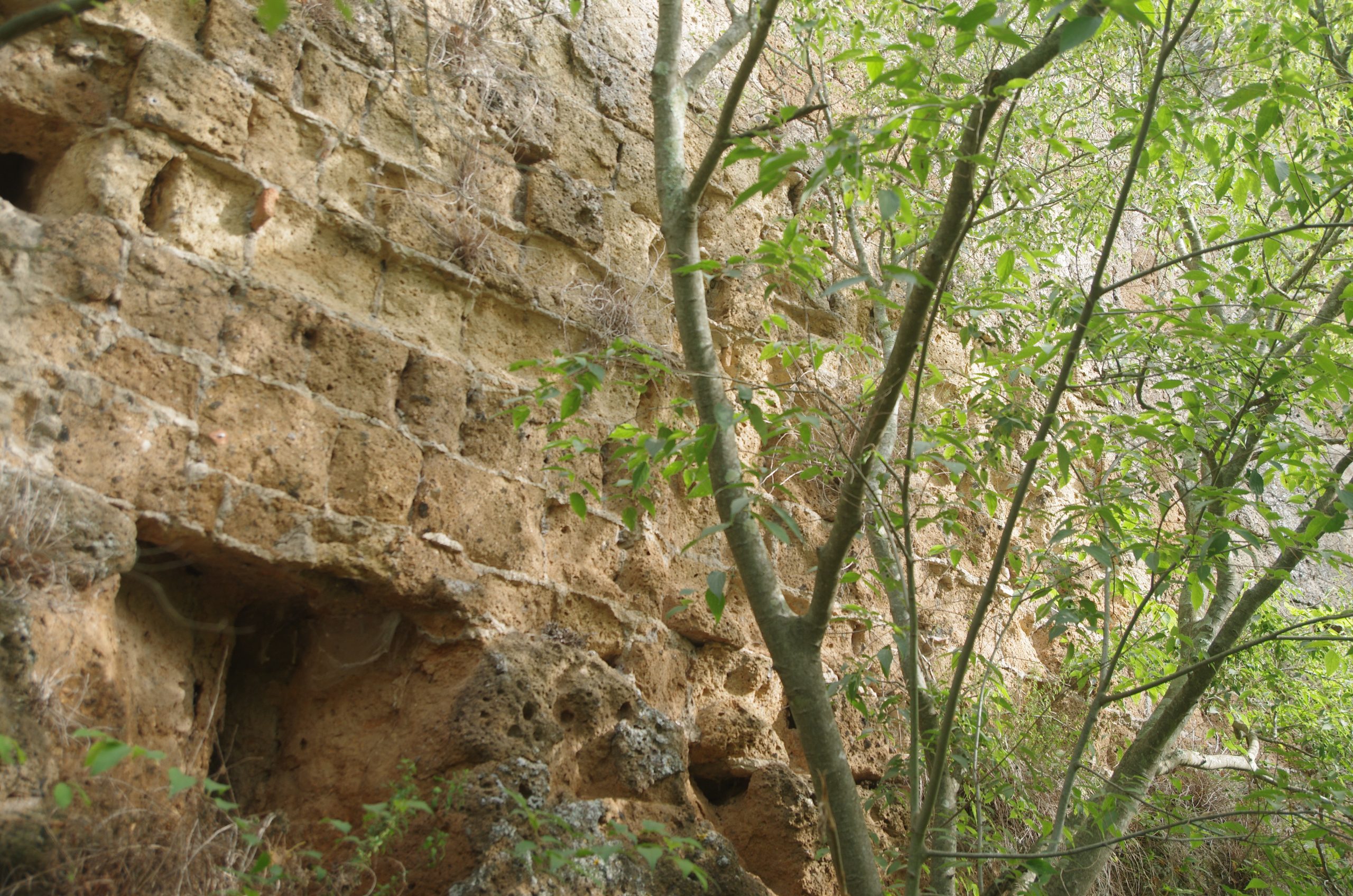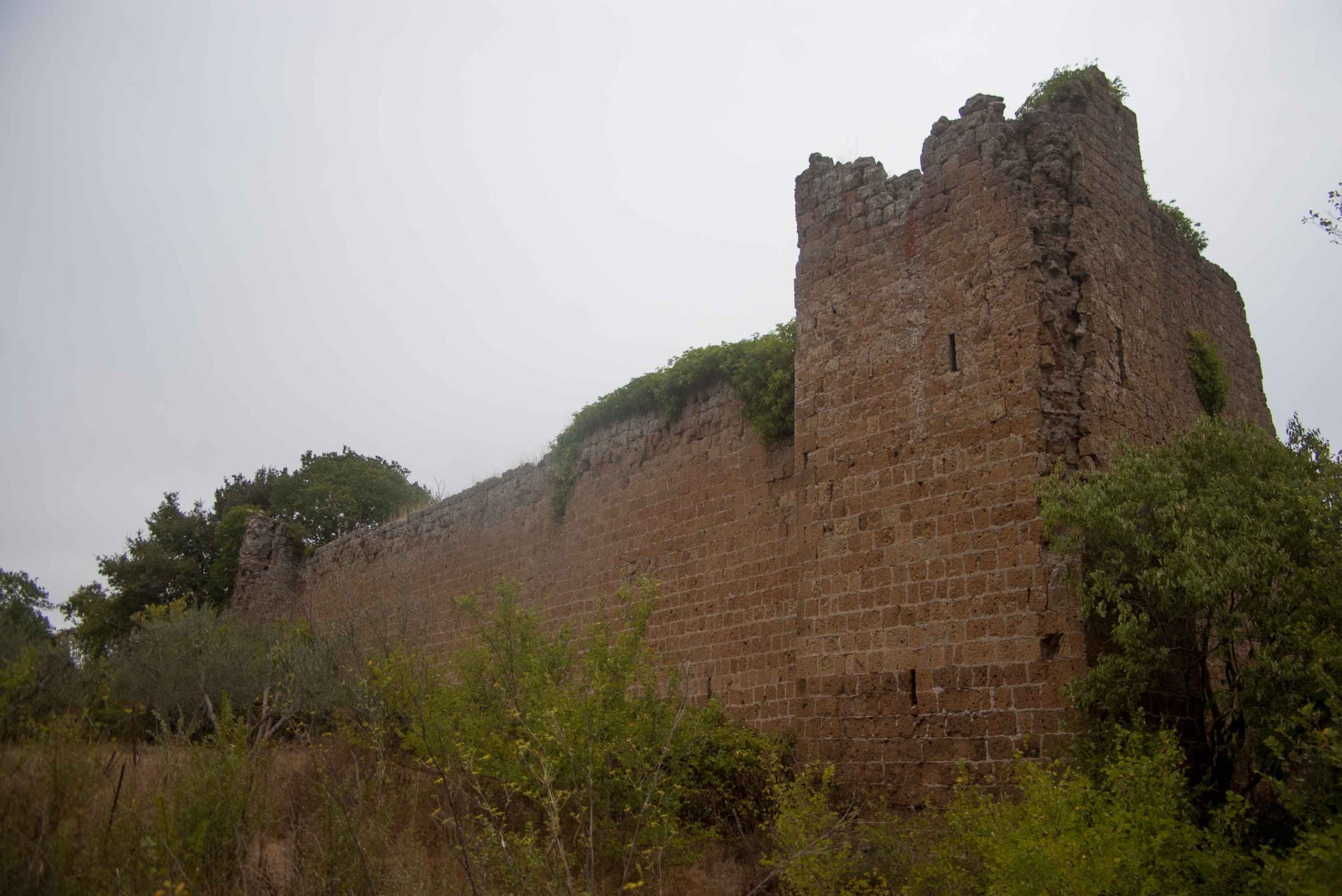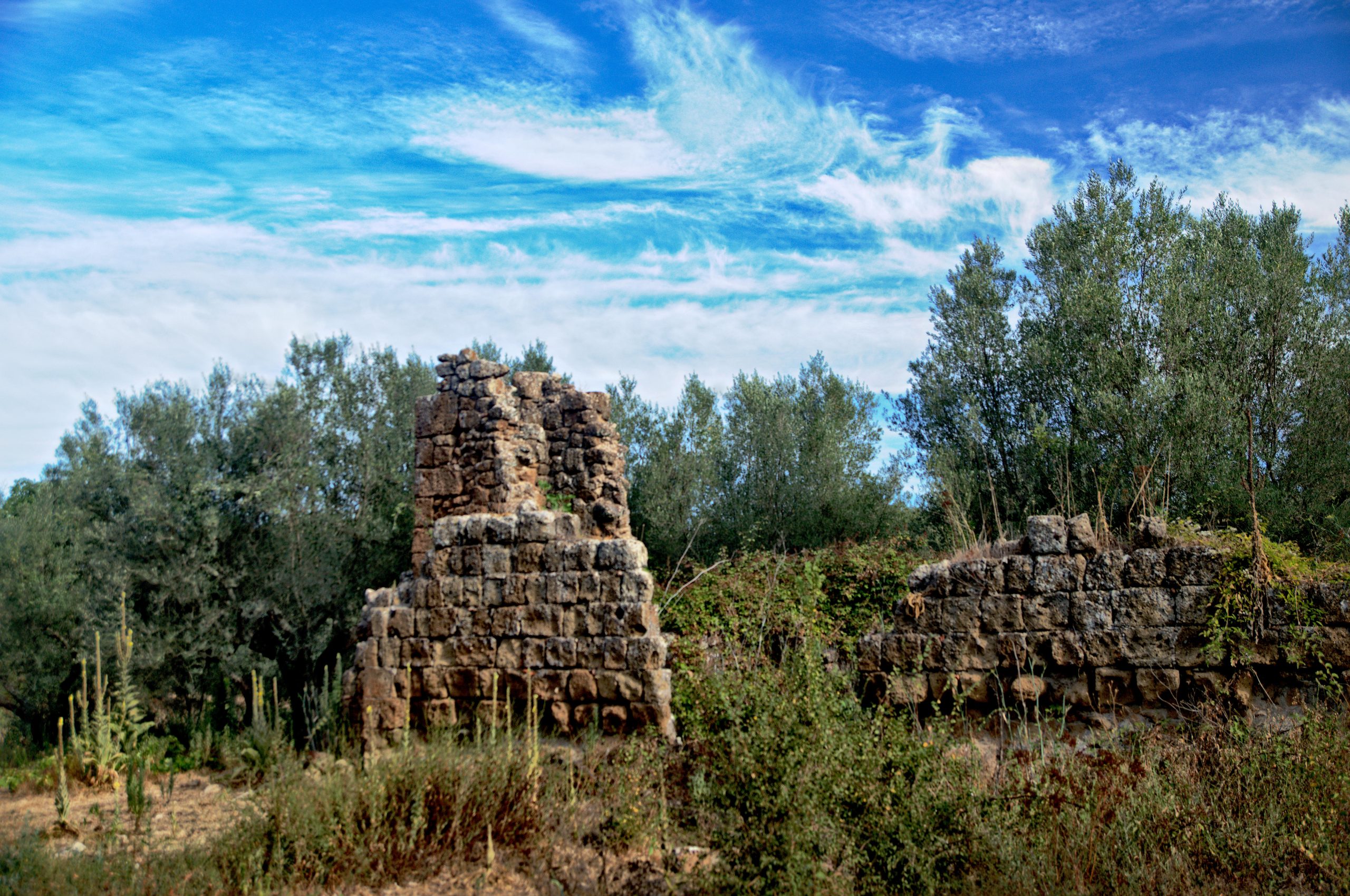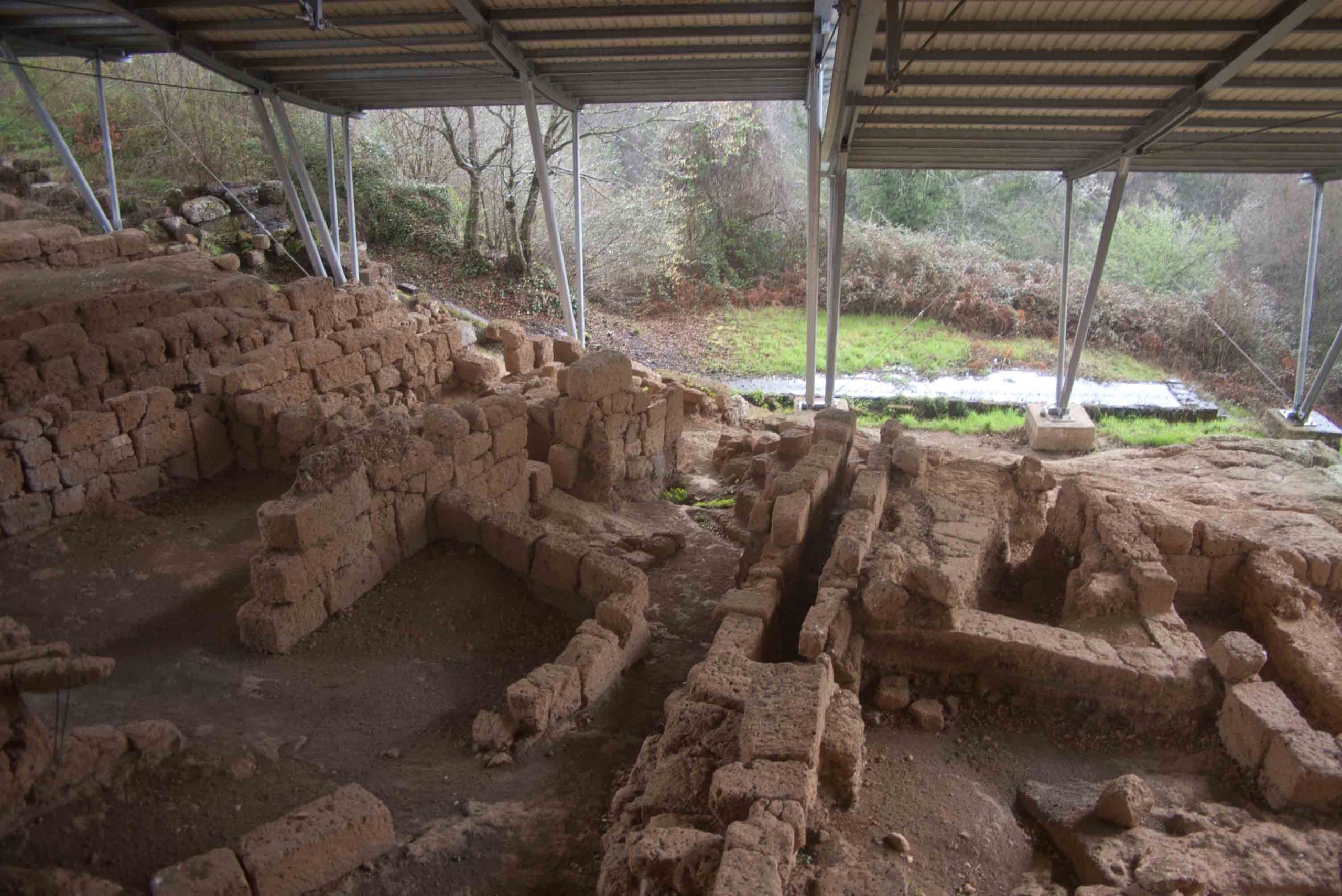San Giovenale is an ancient Etruscan site located in the region of Lazio, Italy. It holds significant historical importance due to its well-preserved ruins and artifacts that provide insight into Etruscan civilization. The site was first excavated in the 1950s, revealing a complex history that dates back to at least the 9th century BC. San Giovenale’s remains include residential areas, sanctuaries, and tombs, offering a glimpse into the daily life, religious practices, and architectural prowess of the Etruscans.
Get your dose of History via Email
Historical Background of San Giovenale
The discovery of San Giovenale traces back to 1956 when the Swedish Institute of Classical Studies in Rome initiated excavations. Professor Einar Gjerstad led the team that unearthed the site. They found evidence of a settlement that spanned several periods of Etruscan civilization. The Etruscans, a pre-Roman people, built San Giovenale. Their culture was influential in the development of Roman civilization.
San Giovenale’s strategic location provided control over the Tiber River valley. This position was crucial for trade and military purposes. Over time, the site saw various phases of occupation. The Romans later inhabited it, leaving their mark on the area’s architecture and culture. San Giovenale was not just a residential area; it also served religious functions, evident from the sanctuaries discovered there.

The site gained prominence for its well-preserved state, which offered a wealth of information. It became a focal point for understanding Etruscan urban development. The excavations revealed that the Etruscans had a complex society with advanced construction techniques. San Giovenale’s significance extends to its role in historical events. It provides context to the broader narrative of the Etruscan civilization’s interaction with neighboring cultures.
San Giovenale’s habitation continued into the Hellenistic period, as evidenced by later construction phases. The site’s decline is not well-documented, but it likely occurred as the Roman Empire expanded. Despite this, the site remains a testament to the Etruscan legacy. It offers a unique window into an ancient world that shaped the foundations of Western civilization.
The site’s discovery and subsequent studies have been instrumental in piecing together the puzzle of Etruscan life. San Giovenale’s excavation has provided artifacts, architectural remains, and urban layouts. These findings have been crucial in understanding the Etruscan’s sophisticated society. The site continues to be an important subject of study for archaeologists and historians alike.
About San Giovenale
San Giovenale’s ruins reveal a settlement with a complex urban structure. The site includes residential quarters, public spaces, and religious sanctuaries. The Etruscans built the city using local materials, such as tufa stone, which was abundant in the region. This stone was easy to work with and provided durability for their structures.

The architectural highlights of San Giovenale include its terraced layout and the use of advanced construction techniques. The Etruscans were skilled in creating a harmonious balance between their buildings and the natural landscape. They also implemented water management systems, indicative of their engineering prowess.
One of the most notable structures at San Giovenale is the acropolis. It served as a religious and administrative center. The acropolis housed temples and other sacred buildings, showcasing the Etruscans’ religious devotion and architectural skill. The use of intricate decorations and the alignment of buildings with celestial bodies reflect their sophisticated cultural practices.
Another significant aspect of San Giovenale is its necropolis. The Etruscans practiced elaborate burial rituals, and the tombs at San Giovenale are rich with grave goods. These artifacts provide insight into the Etruscans’ beliefs about the afterlife and their social hierarchy. The variety of tomb types also indicates a society with diverse social statuses.

The residential areas of San Giovenale display a range of housing styles. From modest dwellings to more elaborate houses, the site illustrates the daily life of its inhabitants. The presence of workshops and other commercial spaces suggests a bustling community engaged in various crafts and trades.
At a glance
Country: Italy
Civilization: Etruscan
Age: 9th century BC onwards
Conclusion and Sources
Reputable sources used in the creation of this article include:

